While gainfully employed with good benefits, Glenda Robbins* never considered leaving the country for medical care. But in her mid-forties she quit her corporate job in Seattle and began a quest to find herself. She was all-in excited about the adventure—except when it came to her teeth. “I’ve needed major dental work since I was a child, so this was a big issue,” Robbins says. Fortunately, while visiting family in Yuma, Arizona, a cousin hooked Robbins up with her own dentist—who happened to practice across the border in San Luis, Mexico. “I was skeptical, but his work proved top-notch,” Robbins says. “Plus, it cost me about a quarter of what I would have paid out of pocket in the States.”
Now, 18 years later, Robbins (who ultimately settled on the East Coast and taught herself web design) willingly travels thousands of miles to see her dentist. “He’s given me root canals, crowns, built my bridge, fitted me for my night guard,” she says. “I wouldn’t trust anyone else, and even factoring in plane fare, I still save money.”
Talk about word of mouth! Robbins’ experiences made her an advocate of what’s known as medical tourism: leaving one’s home country for health care. It may seem like a contradiction in terms, with “tourism” connoting fun and “medical,” not so much. Yet it’s caught on, big time, for a host of procedures, surgeries, and treatments. Medical tourism pros and cons must be weighed carefully, though. It is not without risks, so anyone intrigued by the idea should carefully consider the pros and cons.
Medical Tourism Pros and Cons: Pack Up Your Health Troubles?
Despite the Affordable Care Act, despite Medicare and Medicaid, the U.S. has the most expensive health care system in the world. According to Statista, the average American paid more than to $12,000 in healthcare costs in 2021, about 40 percent more, for example, than a comparable person in Germany. Billionaire Warren Buffet cited medical care as the “tapeworm of American economic competitiveness” in Harvard Magazine.
Why is the system so sick? Blame high administration costs and salaries for medical professionals, as well as the at-times unbridled greed of pharmaceutical, equipment, hospital, and insurance companies (malpractice insurance being particularly exorbitant). No wonder recent surveys have found that more than 40 percent of Americans have felt compelled at some point to put off or skip medical care due to the cost, and even more claim to be saddled with medical debt.
Why is medical tourism so hot? Patients can save 40 to 80 percent of what they’d pay at home, according to one source.
That’s why medical tourism can seem so attractive. Patients can save between 40 and 80 percent of what they’d pay at home, according to Patients Beyond Borders, a global medical tourism guide. And the business is booming, with an annual growth rate of about 20 percent. The medical tourism market size is projected to increase to $273.72 billion between 2023 and 2027, according to Medical Tourism Watch—a remarkable prognosis that indicates plenty of healthier satisfied customers.
While dentistry was perhaps the first aspect of medical tourism to take off, the field has expanded to include many in-demand surgeries. Among those: knee and hip replacements, and even organ transplants. People also seek cancer treatment, fertility treatment, and cosmetic/elective procedures.
Various nations have found their niche—Mexico and Costa Rica are popular for dentistry, cosmetic surgery, and pharmaceuticals, while Thailand and India attract patients seeking orthopedics, cardiovascular care, cancer treatment, and fertility treatment. Other nations welcoming patients include Turkey, where 1,258,382 people came for care in 2022, and Jordan, the largest medical destination in the Middle East, which hosted 265,000 medical tourists in 2022.
Incentives beyond savings may also come into play, such as being able to obtain treatments unavailable in this country, or for procedures denied under patients’ current insurance. There’s also a matter of timing, especially since the pandemic, which led to thousands of nonessential surgeries being postponed.
Medical Tourism: Look Before You Book
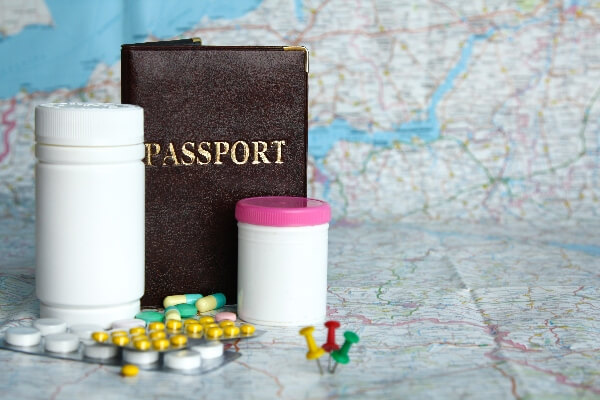
Testimonials touting positive results from medical procedures performed abroad abound. Take Bridget Onah from Atlanta, who had a bilateral knee replacement in India and was impressed across the board, from the consultation to the surgery itself to the recovery. “There was a high level of professionalism and really high ethical values,” she says. “The nurses showed good training, the surgical team was something else—my doctor was an outstanding team leader—and the physical therapist, also very, very good.” Once back home, Onah says the hospital called to ask how she was doing. “It was very fulfilling,” she says.
I found a high level of professionalism and ethical values, says one medical tourist who had knee replacement surgery in India.
Having “work done” (i.e., elective surgery) is a large draw. Lynette Fletcher from Memphis headed to Puerta Vallarta, Mexico, for gastric bypass surgery. “I’ve been dealing with my weight since I was a little girl, and I’ve been on all types of different diets—I’d lose weight but gain it back,” Fletcher says. “I took a chance coming down here but I am so glad I did. The hospital was extremely clean and they made me feel like I was in good hands.” A surgical technician herself, Fletcher says, “When I got into that OR, I was like: This is awesome. Everything looked brand new; it looked like an OR in the United States.”
Consider the Downsides Carefully
Although there are risks to just about any medical procedure, including those performed at top-rated U.S. hospitals, medical tourism has specific potential pitfalls. Perhaps the most dangerous is contracting an infection abroad that’s resistant to treatment here. In May of 2023, the U.S. Centers for Disease Control and Prevention (CDC) alerted doctors to a rare but deadly form of fungal meningitis linked to two cosmetic surgery clinics in Matamoros, Mexico. Patients got exposed to the pathogen by tainted medications administered via epidural. The fungus entered the spinal fluid and worked its way up to the brain stem. Twelve American women with probable or confirmed cases died in this outbreak.
In one tragic instance, patients were exposed to a pathogen via tainted medications during cosmetic procedures in Mexico.
A similarly frightening possibility is associated with “transplant tourism.” In this situation, patients who have been denied an organ at home get one overseas. Outcomes can be great, but experts have a warning. Obtaining a black-market kidney or liver is not only unethical and illegal, it can be dangerous, both to the patient and the community back home.
“The types of infections we are seeing in patients who return after obtaining a transplant abroad are often more severe and may not be the typical infections we see after transplantation here,” Jagbir Gill, M.D., MPH, FRCPC, associate professor of medicine in the division of nephrology at the University of British Columbia, Canada, and medical director of the Kidney Transplant Program at St. Paul’s Hospital in Vancouver, told the Vancouver Sun. “We have seen more multi-drug-resistant infections in these patients. This, in my opinion, is a major problem from a public health point of view. It is a serious concern [to be] importing complex infections through illicit organ transplantation.”
Aside from such rare infections and complications, going global for medical care may incur lesser issues patients wouldn’t typically experience closer to home. Cultural differences or a language barrier could complicate matters. In fact, Fletcher admits, “We had a little trouble speaking English.” And for folks who find travel stressful in itself, anxiety could trigger stomach upset or a blood pressure spike, the last thing you want before a medical procedure.
Rev Up Your Research: Making the Medical Tourism Decision
Nowadays, patients have become educated consumers and advocates for their own well-being. No longer do we blindly follow “doctor’s orders” and instead do due diligence: asking questions during consultations, researching conditions and procedures online, obtaining second opinions, and considering alternative therapies. All the above and then some should be applied when considering medical tourism.
Both the American Medical Association and the Centers for Disease Control have guidelines to help potential medical tourists make wise decisions.
The American Medical Association has a set of guiding principles for physicians to help them help patients make informed decisions. This means the first person you should discuss options with is your doctor—be it your general practitioner, the MD you initially consulted about the condition at hand, or both—who should:
- Be familiar with issues in medical tourism to help support informed consent.
- Understand the nature of risks and likelihood of benefits, especially when it comes to therapy not approved in the U.S.
- Advise patients who consult them in advance whether they are willing to provide follow up care.
- Respond compassionately to requests for follow-up care, even if returning patients had not consulted them before seeking care abroad.
According to the CDC, prospective medical tourism patients should also:
- Become informed of their rights and legal recourse before agreeing to travel outside the United States for medical care.
- Check that the facility they are admitted to is accredited by a recognized international accrediting body, such as the Joint Commission International or the International Society for Quality in Health Care.
- Obtain and read physician licensing and outcome data, as well as facility accreditation and outcomes data.
- Ensure that the transfer of patient medical records to and from facilities outside the United States are consistent with Health Insurance Portability and Accountability Action (HIPAA) guidelines.
- Coordinate follow-up care both in the location and upon return to the U.S.
- Obtain information about the potential risks of combining surgical procedures with long flights and vacation activities.
Think Twice Before You Become a Medical Tourist
In addition to following the advice above, anyone considering medical tourism should use common sense and simply trust their gut. You’ve just read about medical tourism pros and cons. Don’t let your enthusiasm to save money cloud your judgment. If a doctor you saw in the States refused to perform a surgery or treatment or your insurance company denied it, make sure you understand why. Just because you can get it elsewhere doesn’t mean you should.
Just because you can get a surgery or treatment elsewhere doesn’t mean you should.
Fletcher, who turned her stay in Puerta Vallarta into a vacation to celebrate her wedding anniversary, had such a positive experience, she intends to return for breast augmentation. “The staff was extraordinary; I could tell they were concerned about me,” she says. “They made it very pleasant.”
Robbins, however—though she rhapsodizes about her dentist—would be hesitant to pursue medical tourism for other conditions. “I still have family in the Southwest, and I still have no dental insurance, so I just arrange an appointment with my guy when I visit down there,” she says. “But I’m on traditional Medicare now, and while there have been some red-tape-type hassles getting certain tests and medications approved, I’m happy with the quality of care, and it’s within my means. If I ever need an operation or have to undergo treatment, I’m pretty sure I’d be more comfortable in this country.”
* Name and several personal details have been changed.

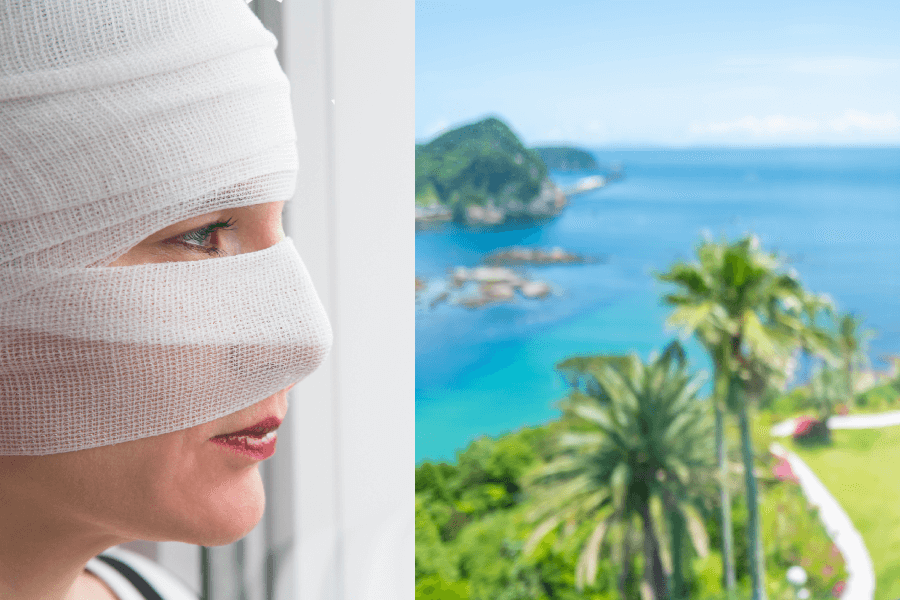








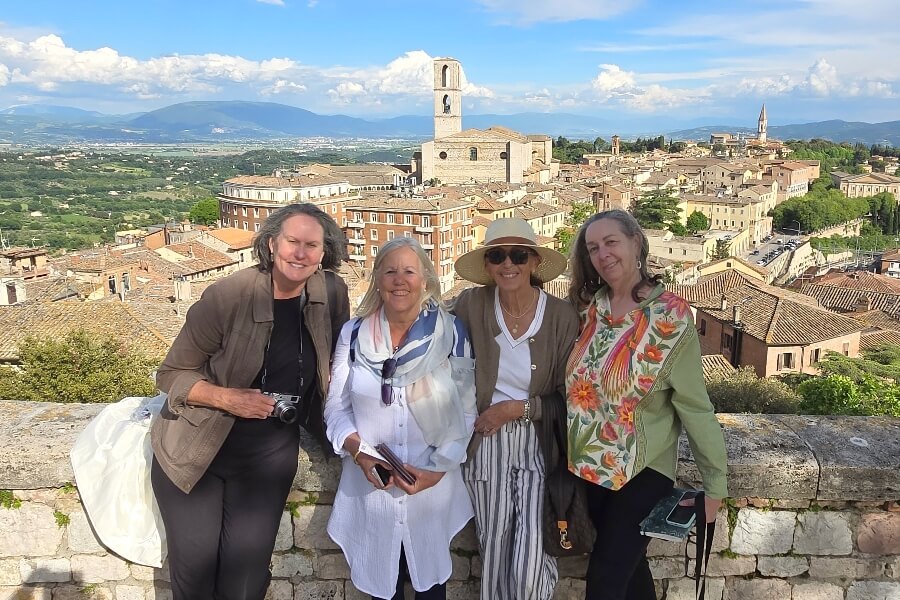





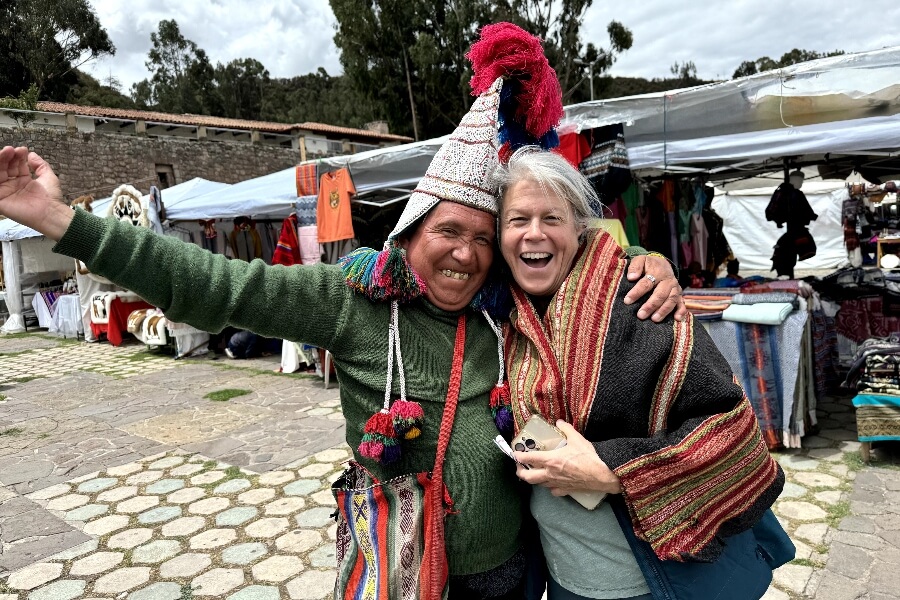


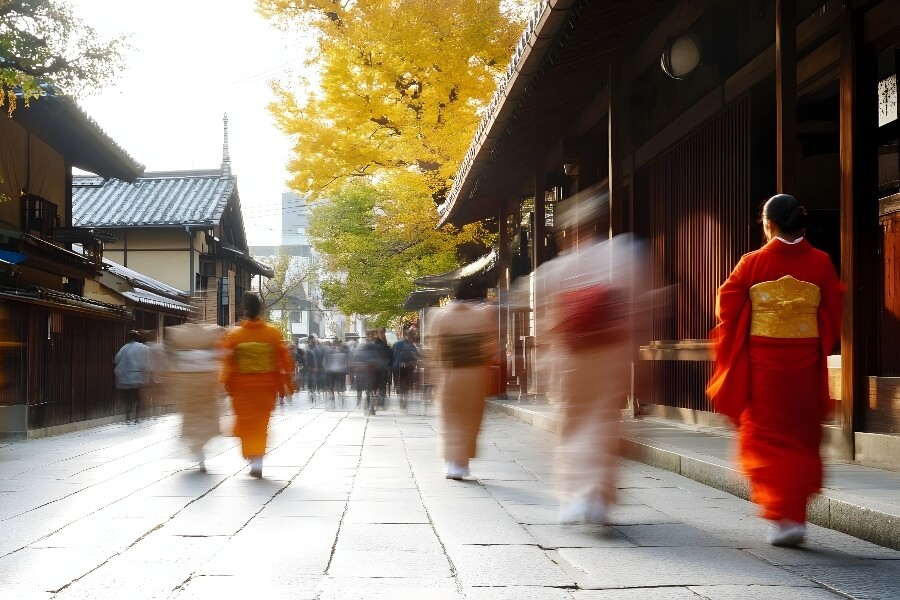




0 Comments